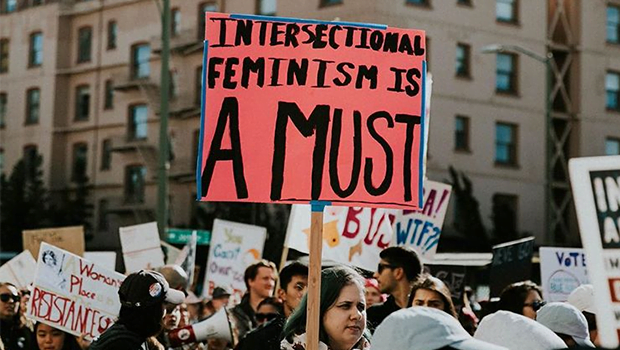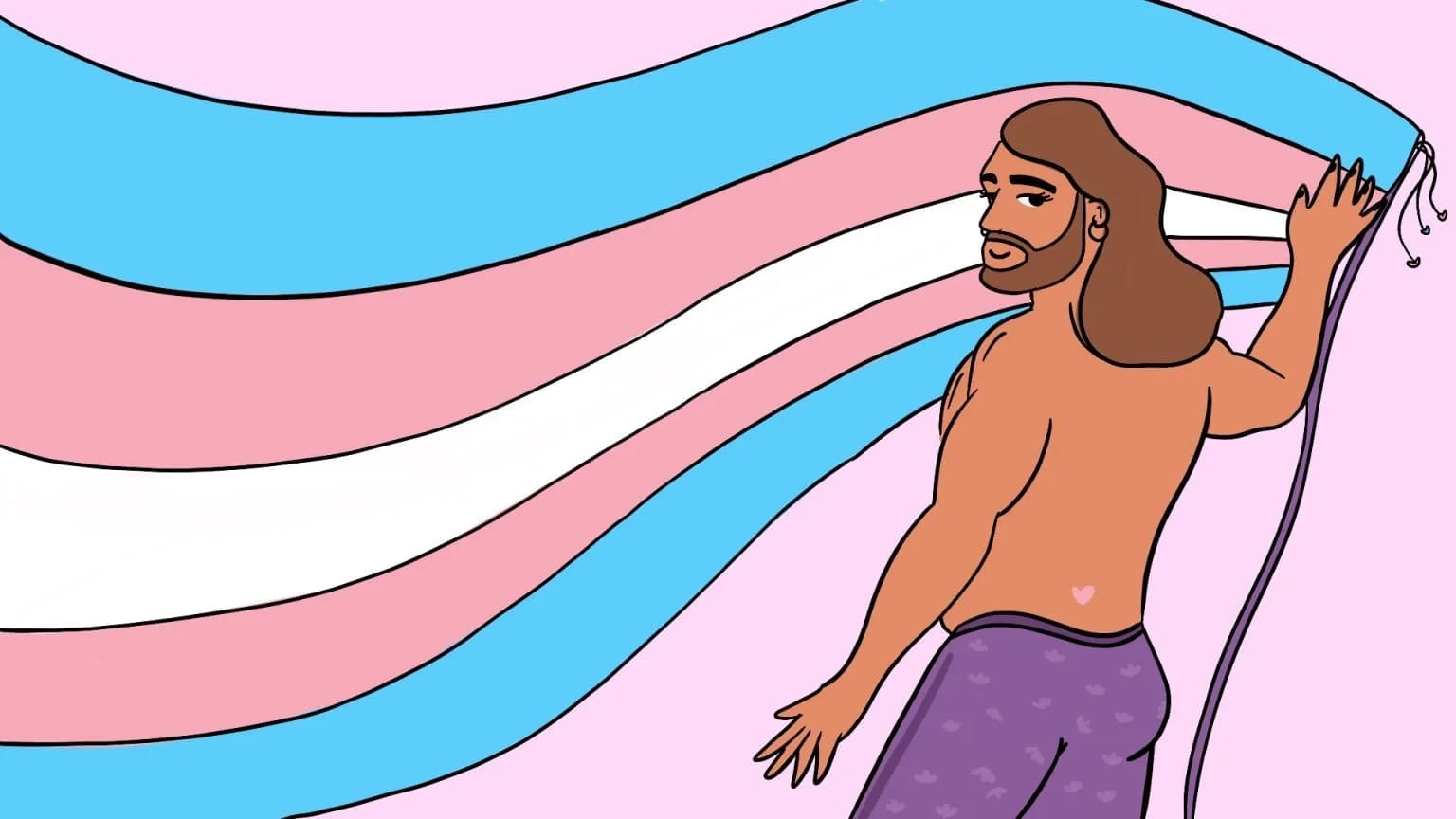In today’s conversations on feminism in public discourse and social media, we have been able to introduce the necessity of recognising and valuing intersections. These intersections come in terms of caste, class, colour, gender, sexuality and so on. In addressing systemic disenfranchisement of identities in the patriarchal construct, women are often enumerated in archaic terms and herded under a common umbrella for ease of online social justice discourse.
In the public and online spaces of urban feminism, intersectionality is a term used with little functionality and the cis-het Savarna Indian women occupy the lion’s share of this space. These self-important voices have often marginalised the trans community. The late Kamla Bhasin, known for her extensive work in the Indian feminist space, was found of exclusionary opinion at a workshop called ‘Artivism 101: Sangat’s Creative Workshop‘.
Bhasin mentioned that feminism was not about race, caste, ecology or trans issues, but exclusively about patriarchy, misogyny and the power wielded by “men” over “women”. She later apologised unconditionally when there were voices rising against her statements. But her words reflect the intersectionality-blindness existing in the feminist spaces in India. Even as we have rapidly refined our words, and policed our tones for the public political image of a feminist, the cis-het Savarna spaces continue to treat Dalit or trans rights as peripheral.
Abu Sohel Khondekar, Kolkata-based artist and photographer, shared her experience of navigating these spaces. Abu Sohel says, “Since Transgender women are the most vocal and visible demographic (amongst Trans people) in the Queer community in India/Kolkata, they are also the most widely discriminated.”
Even before she came out as non-binary trans, she has observed how these popular spaces treated trans women. The academic space has evolved itself to pose as a woke space to discuss gender and sexual identities. But it is in such conferences discussing queer issues that cis-women assume the lead and trans voices are often “seen and painted as problem creators”. Soft feminism, tolerable feminism, drawing room feminism – we can define them in many ways.
What makes bodies male and female? The identity and location of women have been defined by an absence or lack. Be it Aristotle saying “The female is a female by virtue of a certain lack of qualities” or St. Thomas postulating a woman as an “imperfect man” – the lines that have been drawn in the name of biology, psychology of femininity, and masculinity continue to define the cis-het Savarna feminist discourse in India
The angry feminist is a bane of existence. Making the feminist discourse palatable, spoken in soft “feminine” jousts is a common priority. Abu Sohel confirms that the angry feminist is a bigger headache when she is trans. “We are often tone-shamed for our bursts of anger, but the anger arises from not being heard in the first place. People only see us raging but not the causes (which in many cases are the people themselves) which makes us angry, thus, only treating the symptoms and not the cause.”
Tejaswi, Digital Editor at Gaysi Family, shared their recent experience of vicious trolling. They had commented on a post related to the recent ban on trans women athletes based on the category they are allowed to compete in. The post quoted a cis-male British sports philosopher, “…and the trolls just came for me when I spoke.”
They had commented on how mixed-gender categories should be introduced in sports, which was met with trolling and angry comments regarding hormonal support being different for men and women, etc. The internet is built with binary and supports polarity. Nuances and constructive arguments rarely find a safe space online.
Tejaswi adds that, “Most trans people are not vocal online because there is a lot of violence against them”. Instead, the alternative space and community created by trans people and queer folx are much more necessary than expending energy and peace online. Tejaswi observes that cis-het women, especially Savarna or White, do not reciprocate the political effort queer folx exert to deconstruct gender. “It is as toxic as a woman having to sit in a boy’s club and explain feminism and doing all the emotional labour.”
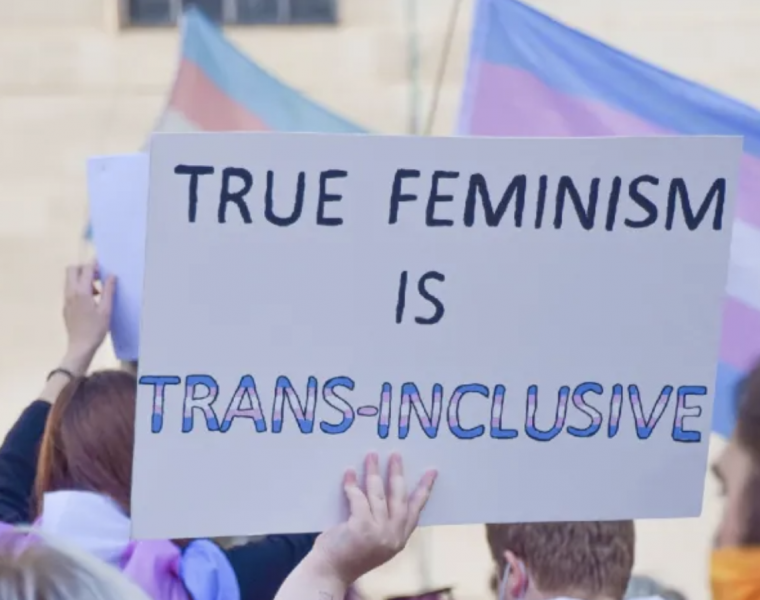
Abu Sohel mentions in her response, “Technically, a large chunk of the Trans population, Enbies like me, don’t even exist for most feminist circles, probably because we don’t exist in a census and even if we exist for them, they are very dismissive of us.”
A brief phone call with Nandini Moitra, artist and co-founder of Amra Odbhuth cafe, revealed similar patterns as they added how these spaces invisibilise asexuality. Navigating the urban feminist circles required them to explain and justify their sexuality. These spaces operate with a sense of entitlement where individuals from non-cishet-Savarna identities have to justify their intersectional location and experience. Tejaswi added to this thought saying, “There is no visible effort to showcase that hey maybe we haven’t thought outside our own identities or conditioning… it is always a performative wokeness.”
Abu Sohel shared that she has been refused the space she rightfully belongs to based on her “look and appearance”. A beard is synonymous with being a man. “I have been told by many angry feminists in the past that I can’t be a feminist because I have a beard. People also generally assume that I am a man, based on my look & appearance, without even feeling the need to ask me for my pronouns.”
What makes bodies male and female? The identity and location of women have been defined by an absence or lack. Be it Aristotle saying “The female is a female by virtue of a certain lack of qualities” or St. Thomas postulating a woman as an “imperfect man” – the lines that have been drawn in the name of biology, psychology of femininity, and masculinity continue to define the cis-het Savarna feminist discourse in India.
Also read: No, J.K. Rowling, Cis Women Should Not Play Gatekeepers To Trans Women
For example, conversations around menstruation have taken centre stage in feminist work without acknowledging that the experience of menstruation is variegated by factors like gender identities, disorders, disabilities and so on. Even as “women” were defined historically by men philosophers and psychologists as the “other”, the popular feminist discourse continues this trend by creating new “other”s based on gender, sexuality, caste, ability and so on.
The discrimination faced by non-cis-heterosexual individuals also has hierarchies. She mentions that, “Transphobia from Cis-het and Queer groups come down on us from a false sense of security that those who discriminate find in their gender identity.” But the non-heteronormative population has often participated in the phobic feminist practice. In Abu Sohel’s experience, cis-gay men and lesbian women have a wider acceptance in feminist spaces than Trans identities.
At the 2018 Annual Queer conference conducted by Sappho, she was not allowed to present her complete paper on Trans autonomy in writing laws and regulations pertaining to them. “I was jeered at and met with remarks from the audience (which comprised mostly of the members of the queer community), like I was indulging in wishful thinking, being idealistic for saying what I was saying.” The plurality of feminism hands out weapons to perpetrate violence within its own structure based on caste, class, gender and sexuality. This makes it crucial to not just concentrate on the individual intersetion/s we are standing on, but to look at and understand the ones we are not.
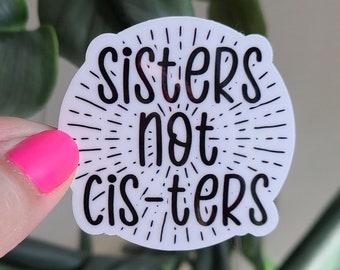
“Despite how progressive we might try to portray ourselves, the truth is, most feminist spaces are almost entirely run by dominant caste/Savarna cis-women and men,” Abu Sohel adds. Tejaswi agrees that the majority of online feminist spaces are incredibly exclusive. Trans communities like the Hijra community in India have existed for a long time, but they are pushed into the shadows of the third gender and suffer further disservice based on caste and class.
Popular feminist writings continue to pay lip service to certain jargon, borrowing largely from White feminist history, attacking the symptoms, and delivering social justice online. There is little space for rehabilitation and introspection. The Indian feminist discourse has been so occupied with the rhetoric of toxic masculinity and cancel-culture that it has failed to recognise its own shortcomings
They continue to live in the margins, forced into beggary and sex work, as the urban online feminist spaces use terms like intersectionality as tokens to gather clouts for their political ambitions or career capital. “The true feminist activism that has happened in the grassroots by people who are not cis (or savarna) women …by Trans women, Dalit and Bahujan individuals”, Tejaswi also emphasised how the Sexual Harassment Prevention Bill at Workplace 2013 stemmed from a long history of protest and movement led by Asha Workers, who continue to be underpaid and harassed today, with little help from the feminist spaces we are talking about.
Abu Sohel extends this observation by saying, “Indian feminist spaces run by cis-women and men have definitely been tokenistic when it comes to filing for actionable changes…whatever Trans people have achieved in terms of their rights in India, is solely due to the efforts of Trans people only and thus the credit must go to them!”
Feminism, not restricted to its popular online existence, has been a place of comfort for individuals coming from diverse identities. Abu Sohel feels “at home with the philosophies of seizing power, toppling power structures and standing up to the violent State apparatus and a society which is largely Transphobic”. The liberal feminism peddled largely by the Savarna cis-women-led Indian feminist movements has not been ideal for Tejaswi either.
They elaborate, “A lot of writers that I read are Black feminists … because they really delve into the history of it … and a lot of Indian feminist history I have learnt about is through reading laws.”
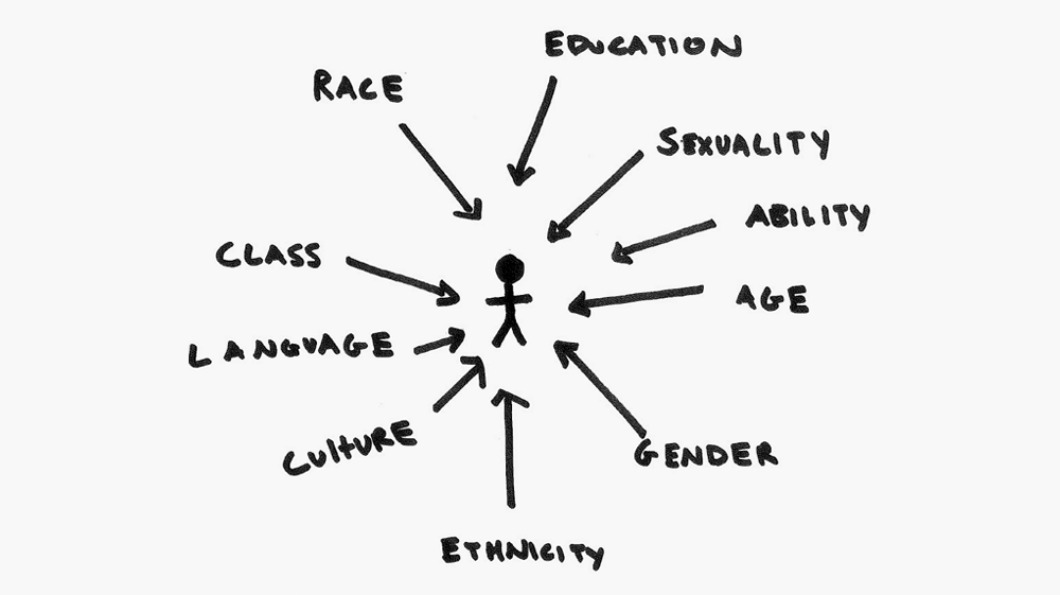
Popular feminist writings continue to pay lip service to certain jargon, borrowing largely from White feminist history, attacking the symptoms, and delivering social justice online. There is little space for rehabilitation and introspection. The Indian feminist discourse has been so occupied with the rhetoric of toxic masculinity and cancel-culture that it has failed to recognise its own shortcomings.
While the individualistic performance of dialogues continues to fight for the fictional title of being the better feminist, the real change and practice continue at the grassroots, at the alternative spaces created by trans people, queer folx, as well as Dalit and Bahujan women.
Also read: Trans Voices In Campuses: The Need For Safe Spaces Beyond Electoral Lip Service
About the author(s)
She/they is an editor and illustrator from the suburbs of Bengal. A student of literature and cinema, Sohini primarily looks at the world through the political lens of gender. They uprooted herself from their hometown to work for a livelihood, but has always returned to her roots for their most honest and intimate expressions. She finds it difficult to locate themself in the heteronormative matrix and self-admittedly continues to hang in limbo
